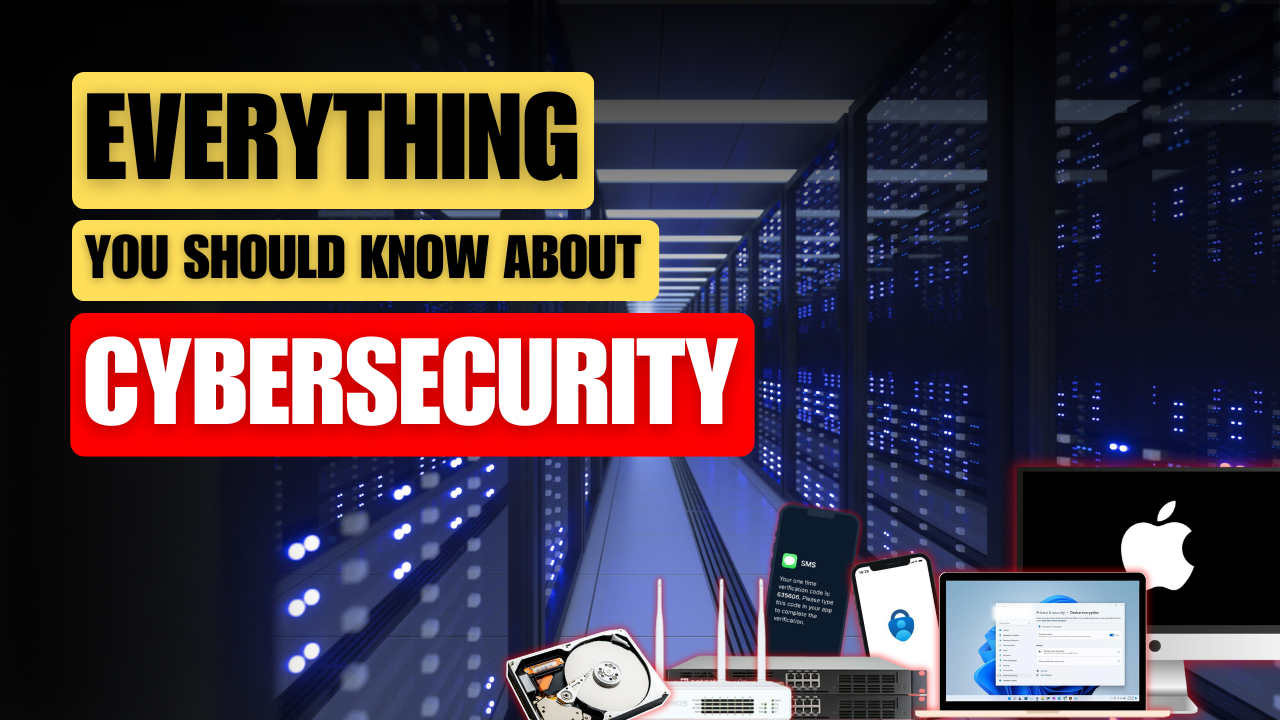Cybersecurity involves practices and technologies to protect computers, networks, programs, and data from unauthorized access and attacks. Essentially, we're safeguarding data because cybercriminals target personal information, healthcare data, and financial details for identity theft and fraud.
Cybercrime costs are projected to reach $10.5 trillion annually by 2025. Recent high-profile attacks show how vulnerable organizations are. Protecting your business means protecting your clients' data and reputation.
Common Cyber Threats
- Malware: Includes viruses and ransomware that cripple systems.
- Phishing Attacks: Deceive users into revealing sensitive information.
- Man-in-the-Middle Attacks: Intercept communications to steal or alter data.
- Denial of Service (DoS) Attacks: Overwhelm networks, causing disruptions.
- Insider Threats: Employees or associates misuse access to critical data.
Basic Cybersecurity Practices
- Strong Passwords: Use a password manager to generate and store complex passwords. Enable multi-factor authentication (MFA) to add an extra layer of security.
- Regular Software Updates: Keep your systems and applications up to date to prevent exploitation through known vulnerabilities.
- Secure Networks: Use VPNs or SASE solutions to protect your internet connection. Ensure your home and business networks are secure.
- Data Backups: Regularly back up data to the cloud or offline storage to recover from ransomware or other data loss incidents.
Advanced Cybersecurity Measures
- Firewalls: Implement firewalls on both network and endpoint devices to block unauthorized access.
- Encryption: Encrypt data on all devices to protect against unauthorized access, even if a device is stolen.
- Incident Response Plans: Have a plan in place for when—not if—a cyber incident occurs. This includes steps to take during and after an attack.
Cybersecurity Risk Assessments
Conducting regular risk assessments helps identify vulnerabilities and potential threats, providing a clear picture of your security posture. This should be done at least annually, but quarterly assessments are becoming the standard.
Employee Training
Train employees on recognizing phishing emails, suspicious phone calls, and other threats. Security awareness programs are essential as human error accounts for 90% of cyberattacks.
Access Controls
Implement the principle of least privilege, giving employees only the access they need to perform their jobs. This limits the potential damage in case of a breach.
The cybersecurity landscape is continually evolving, with emerging threats like AI-powered attacks and deepfakes posing new challenges. Staying informed about these developments is crucial. While technological advancements offer both opportunities and risks, a proactive approach is essential to maintain a strong cybersecurity posture.
Ultimately, cybersecurity is an ongoing process that requires vigilance, adaptability, and a comprehensive strategy. By understanding the threats and implementing robust measures, individuals and businesses can significantly reduce their risk of falling victim to cyberattacks.



